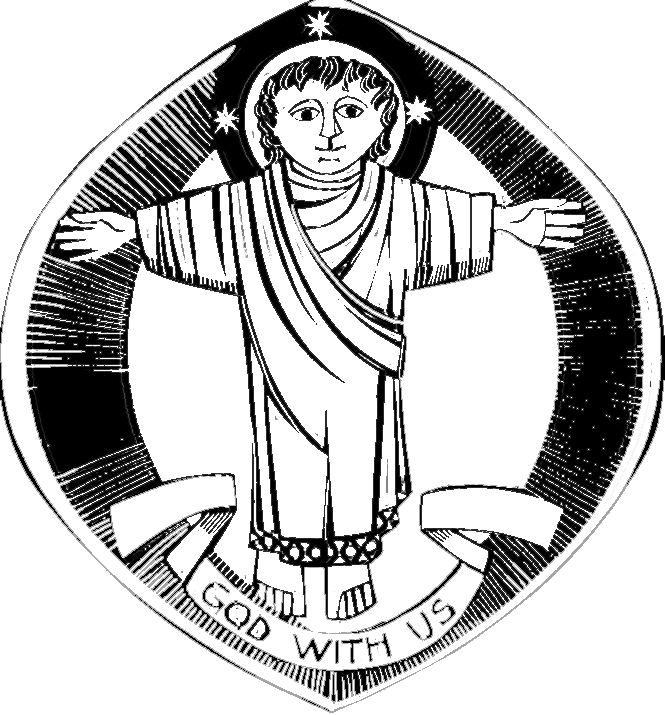While everything was hushed and still, and night was half way through its course, your almighty Word, O Lord, leaped down from your royal throne in the heavens.
In this text of scripture, written long before, the most sacred moment of all time is made known
to us, the moment when God’s almighty Word would leave his Father’s tender embrace and come down
into his mother’s womb to bring us his message of salvation.
“For God, who in many and various ways in the past spoke to our fathers through the prophets, in these last days has spoken to us through his Son, declaring: this is my beloved Son in whom l am well pleased; listen to him.”
And so from his royal throne the Word of God came to us, humbling himself in order to raise us up, becoming poor to make us rich, and human to make us divine.
So lost, so wholly abandoned to unhappiness was the human race, that it could only trust in a word that was almighty; otherwise it would experience no more than a weak and tremulous hope of being set free from sin and its effects.
To give poor lost humanity an absolute assurance of being saved, the Word that came to save it
was therefore called almighty.
And see how truly almighty was that Word.
When “neither heaven nor anything under the heavens as yet had any existence, he spoke and they came
into being,” made out of nothing. The almighty power of the Word created substance and shape
simultaneously.
At his command, “Let there be a world,” the world came into being, and when he decreed, “Let
there be human beings,” human beings were created.
But the Word of God did not remake his creatures as easily as he made them. He made them by simply giving a
command; he remade them by dying. He made them by commanding; he remade them by suffering.
“You have burdened me,” he told them, “with your sinning. To direct and govern the whole fabric of the world is no effort for me, for 'I have power to reach from one end of the earth to the other and to order all things as I please.' It is only human beings, with their obstinate disregard for the law I laid down for them who have caused me distress by their sins. That is why I came down from my royal throne, why I did not shrink from enclosing myself in the Virgin’s womb nor from entering into a personal union with poor lost humanity. A newborn babe in swaddling bands, lay in a manger, since the Creator of the world could find no room at the inn.”
And so there came a deep silence. Everything was still. The voices of prophets and apostles were
hushed, since the prophets had already delivered their message, while the time for the apostles’
preaching had yet to come.
Between these two proclamations a period of silence intervened, and in the midst of this silence the
Father’s almighty Word leaped down from his royal throne.
There is a beautiful fitness here: in the intervening silence the mediator between God and the human race also
intervened, coming as a human being to human beings, as a mortal to mortals, to save the dead from death.
I pray that the Word of the Lord may come again today to those who are silent, and that we may hear what the
Lord God says to us in our hearts.
Let us silence the desires and importunings of the flesh and the vainglorious fantasies of our imagination, so
that we can freely hear what the Spirit is saying; for the Spirit is always speaking to us, but as long as we
fix our attention upon other things, we fail to hear what the Spirit is saying.
Sermon 1 on Christmas: SC 192, 45.52.60
Julian of Vezalay (1080-1160) was a Benedictine monk who, in the later years of his life, was given responsibility for the spiritual life of his community. His famous sermons, twenty-seven of which were published, show a knowledge of Latin classics and Greek philosophy, especially that of Plato, a strong attachment to patristic traditions, and a discrete use of allegory.
All Rights Reserved.
Journey with the Fathers
Commentaries on the Sunday Gospels - Year B, pp. 18-19.
To purchase or learn more about
this published work and its companion volumes,
go to http://www.amazon.com/
from Religious Clip Art for the Liturgical Year (A, B, and C).
This art may be reproduced only by parishes who purchase the collection in book or CD-ROM form. For more information go http://www.ltp.org

